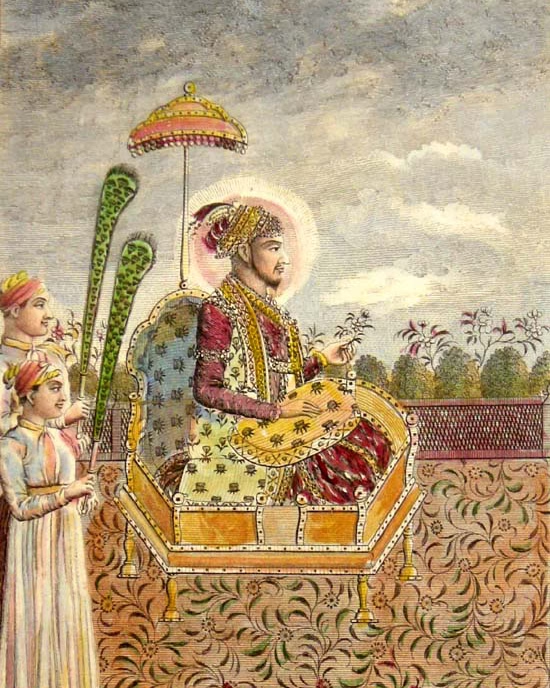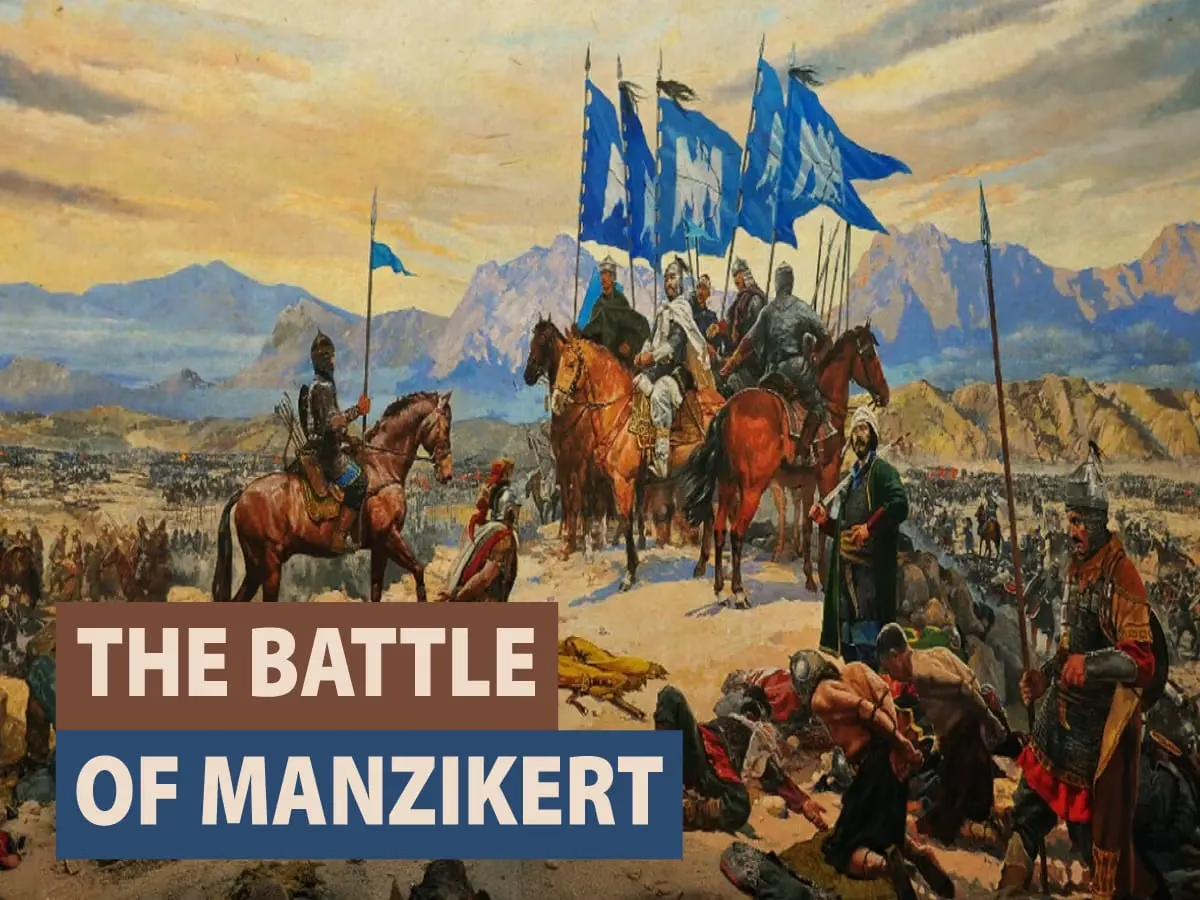Shah Alam II born as Ali Gohar to Emperor Alamgir II. Alongside his father, he grew up in semi-captivity in the Salatin quarters of the Red Fort. Upon his father’s accession, he became the “Wali Ahd” (Crown Prince) of the empire, and became his father’s principal agent, though almost all power lay in the Wazir Imad-ul-Mulk’s hand. His quarrels with that Amir, and fear for his own life, caused him to flee from Delhi in 1758 CE.

Fearing for his life due to growing hostility with Imad-ul-Mulk, the prince fled Delhi in 1758, embarking on a journey of hardship and ambition. In 1759, he re-emerged in the eastern provinces—Bengal, Bihar, and Odisha—seeking to restore Mughal control over these lost territories. With a small militia, Ali Gohar challenged local forces and aimed to assert his imperial right.
Meanwhile, in Delhi, Najib-ud-Daula gathered a large Mughal force and expelled the puppet ruler Shah Jahan III, who had been placed on the throne by court conspirators. Najib and other Muslim nobles began secret correspondence with Ahmad Shah Durrani, the King of Afghanistan. After Durrani’s decisive victory over the Marathas at the Third Battle of Panipat in 1761, he formally recognized Ali Gohar as the legitimate Mughal Emperor, who then took the regnal name Shah Alam II.
See Also: Ahmad Shah Durrani: the King of Afghanistan
Though recognized as the rightful emperor, Shah Alam II’s power remained largely symbolic. He attempted to assert independence from growing European influence but faced a crushing defeat at the hands of the British East India Company in the Battle of Buxar (1764). After years in exile and wandering, he finally returned to Delhi in 1772, under the protection of Maratha general Mahadaji Shinde, though he continued to live under the shadow of other powers.

Shah Alam II authored his own Diwan of poems and was known by the pen-name ‘Aftab’. His poems were guided, compiled and collected by Mirza Fakhir Makin. Shah Alam also penned famous book ‘Ajaib-ul-Qasas’ which is considered one of the earliest and prominent book of prose in Urdu.
Shah Alam II’s reign marked the symbolic survival of the Mughal dynasty in an era of political fragmentation. Though stripped of real power, he is remembered for his cultural contributions and his attempts to preserve the dignity of the empire in its twilight years.
See Also: Timurids Family Tree: From Amir Timur to Emperor Babur


